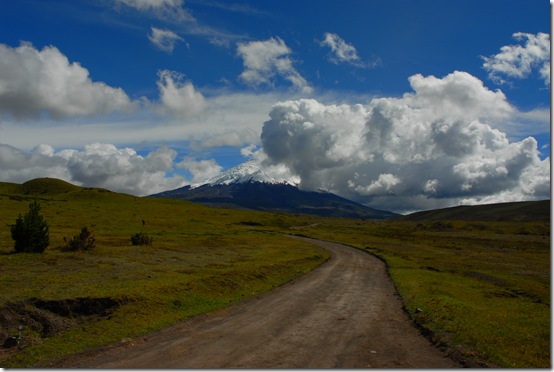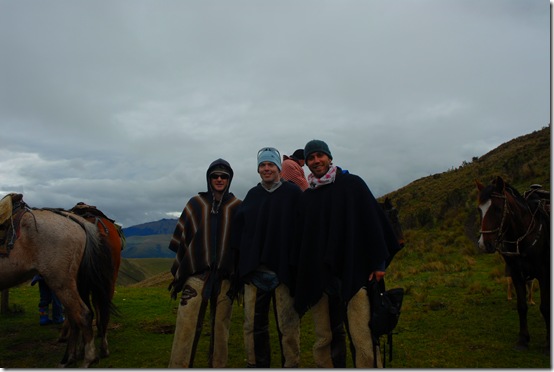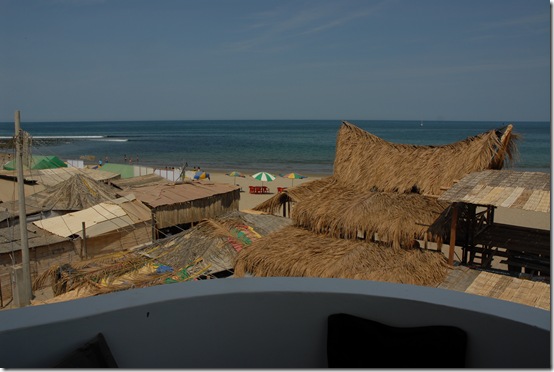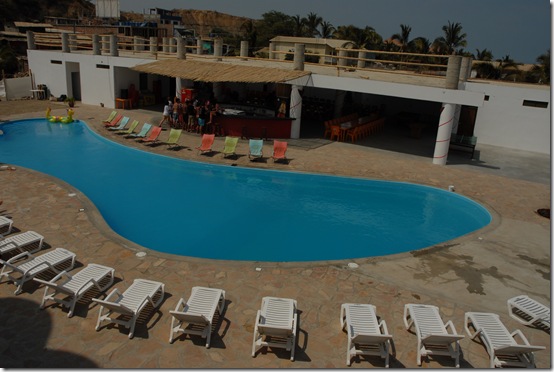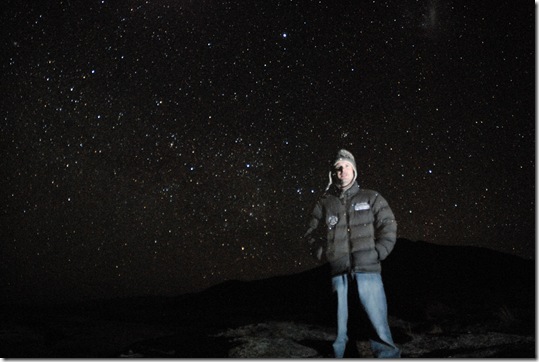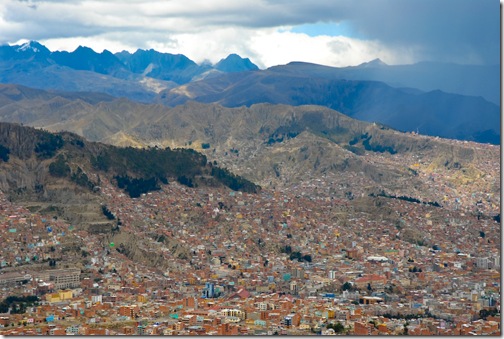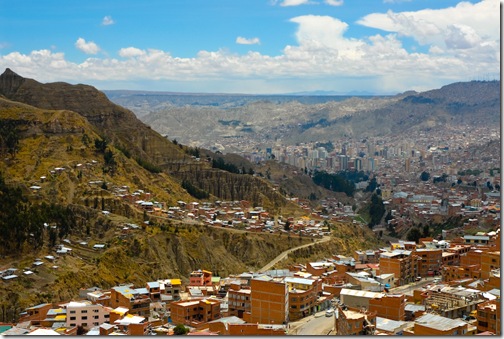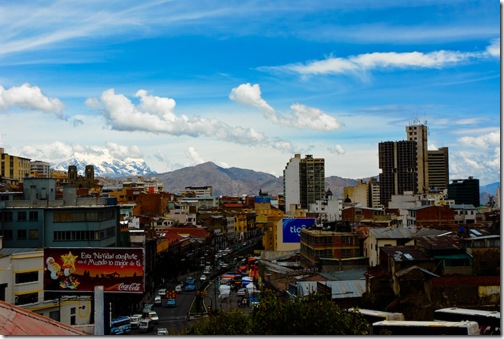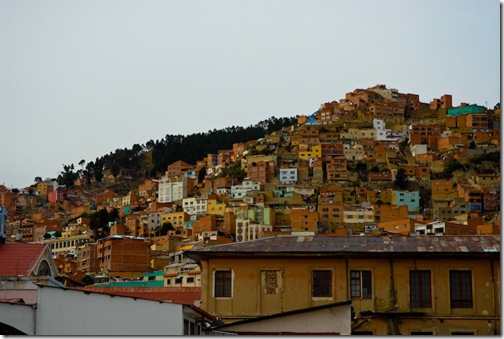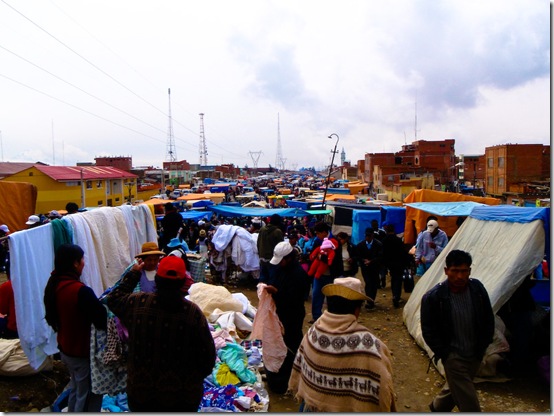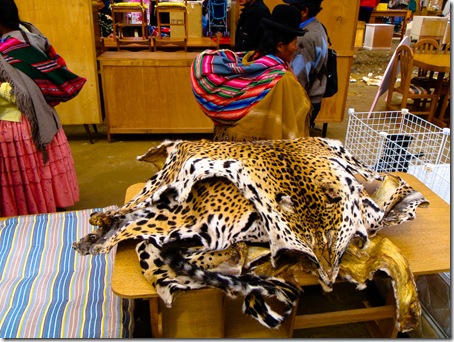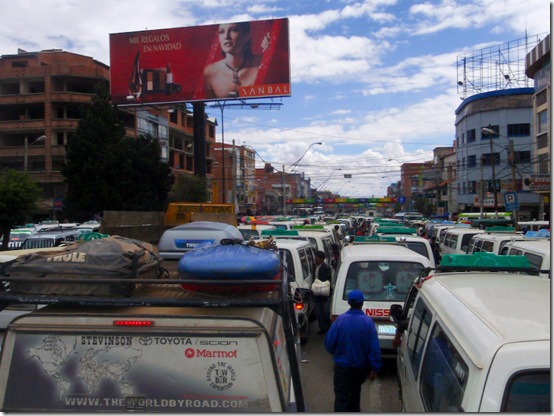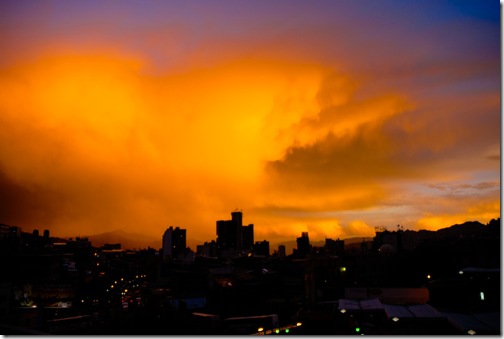Although leaving Ecuador was a 4 hour nightmare, the happenstance of arriving in Colombia on January 6th, however was a giddy dream come true!
We had been warned about a potential delay at the border, but for whatever reason we had somewhat dismissed those warnings until, in line, after a full hour we hadn’t moved one inch. The best part was that we were waiting outside, in the sun, just miles from the equator. There were actually two lines on each side of the immigration building; one for those leaving Ecuador and one for those arriving. The lines merged not so gracefully together at the guarded front door, and 4 hours later we were in (albeit at the back of another line), only to come face to face with 3 unimpressed immigration employees behind the only three desks. Business as usual, I suppose.
I was the first one out and excercised the last of my patience waiting for the guys. While I was waiting I noticed a young couple completely ignoring their two toddlers blasting each other in the face with cans of colored (and I assume non-toxic, but who knows) spray paint. The parents were yielding no such cans, but all of their clothes and every inch of exposed skin and hair were laiden with dull, varied colors. The scene was beginning to make me a little nervous as I thought “Hey kids, maybe you shouldn’t go right for the face and inside the ears…” Ha! If only I knew then what I know now!
Just a few minutes into Colombia, to the first major town, we realized we were the only ones that didn’t look like the young couple and their rambunctious kids. Seriously, all hell had broken loose. Everyone was either streaked with different colors or looked like they were headed for the deep fryer being covered head-to-toe in flour. In this particular town we appeared to be among the only cars on the roads as the streets were jammed with kids pelting each other with fistfuls of flour and spraying paint cans and what appeared to be shaving cream. Hmm…Curious, very curious….
Steve S: “Good Lord, what is this? What day is today?”
Me:       “It’s Tuesday. January the 6th. I don’t know, maybe they do this every Tuesday in Colombia.”
We were headed towards Pasto and every town along the way from the border guaranteed the same scene. However Pasto really took it up a notch (the biggest understatement of 2009, so far)! The entire town, people and otherwise, was covered in white foam and flour and the occasional streak of color.
Craig, in his crisp black t-shirt and me in my bright red cardigan had to abandon the safe haven of the trucks in search of our hostel. While he was waiting for me to tie my shoe (mistake number one) Craig was the first victim getting a huge handful of flour right on his American blonde head. The assailant’s approach was somewhat creepy, too, as he just walked up with his bag of ammo, slowly dipped in his hand and calmly opened the contents on Craig…not saying a word. Oh, he got me too, alright, but he still said nothing and just walked off with a huge smile. By then it was way too late for the both of us, we had no choice but to charge down the middle of the street and keeping on our toes like it was Alligator Alley. And then the streams of foam came, and right in the face and hair!
By the time we found the hostel and settled in, the four of us were ruined but ready to jump right in and strike back. We learned from one of the guide books and other guests that the celebration is simply known as “6 de Enero” and is the last day of a several day fiesta known as “Carnival de Negros and Blancos” celebrating solidarity among one time African slaves and their European owners taking the 6th of each January to paint their faces white and where January 5th is the other sides’ turn to paint their faces black. The long standing tradition has become a full on party, complete with elaborate parades, Aguardiente, beer, food and, of course, salsa dancing.
There are really no true words to describe the hilarity of the scene that night and, unfortunately no photographs of our account either since we were warned by many to not take anything but money kept in our front pockets. And it is a good thing we heeded the warning this time as a young teenager went straight for Shoppman’s pockets after spraying him right in the face-the kid then got punched in his face. But allow me to make clear that 99% of the actions of participants are all in extremely good fun, but there are literally no holds to be barred, anything goes and no one gets left out–seriously, women, children, and police officers with M16’s are all fair game when it comes to the foam and flour–if you have left your house, you’re a target.
The night came and went and is without a doubt one of the most fun and unique celebrations this world has to offer!
INSERT_MAP
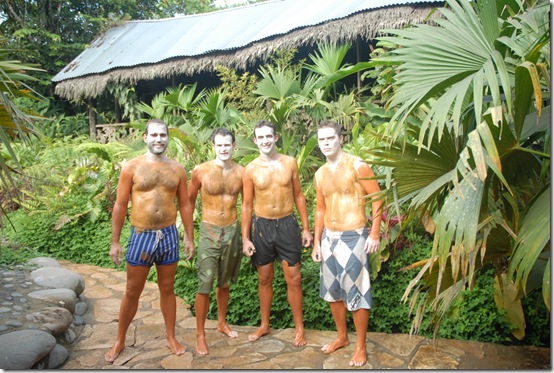
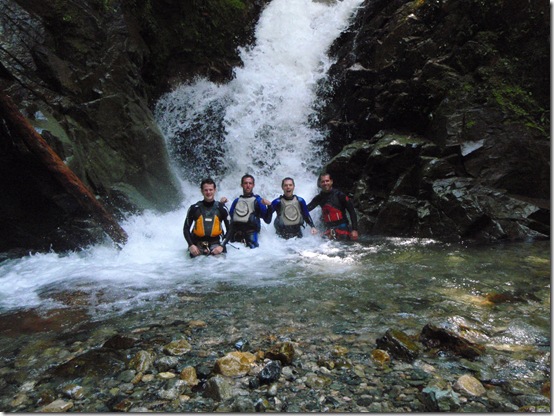
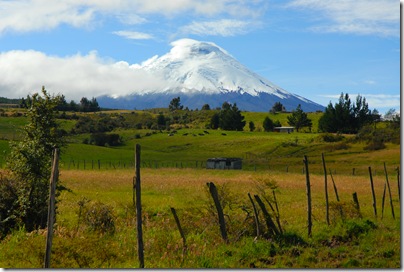 This drastic change set the stage for Darrell’s exit from the crew of The World by Road today. Many have left us in the past, but no one has left us with the style that good old D-day has today. Since the hacienda that we are staying at is 22km from the nearest place to catch a bus to Quito and no one here was on their way into town, Darrell was forced to pack up his bags and leave on foot. About 20 minutes walk from the Hacienda El Provenir is the village of Pedregal, where Darrell would would find his ride into Machachi, the main town.
This drastic change set the stage for Darrell’s exit from the crew of The World by Road today. Many have left us in the past, but no one has left us with the style that good old D-day has today. Since the hacienda that we are staying at is 22km from the nearest place to catch a bus to Quito and no one here was on their way into town, Darrell was forced to pack up his bags and leave on foot. About 20 minutes walk from the Hacienda El Provenir is the village of Pedregal, where Darrell would would find his ride into Machachi, the main town.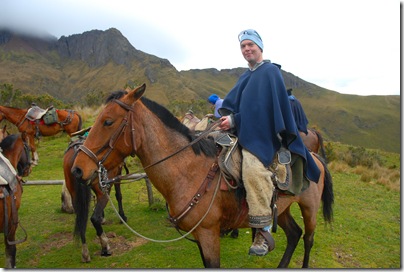 We mounted up on our horses, rode off toward the volcano above, and an hour later he was off down the wide valleys of Cotopaxi with only his backpack and small satchel. With low lying clouds and mist in the background, he strolled his way down the old cobblestone roads to the local village, where few foreigners ever set foot and caught his ride out of here.
We mounted up on our horses, rode off toward the volcano above, and an hour later he was off down the wide valleys of Cotopaxi with only his backpack and small satchel. With low lying clouds and mist in the background, he strolled his way down the old cobblestone roads to the local village, where few foreigners ever set foot and caught his ride out of here.